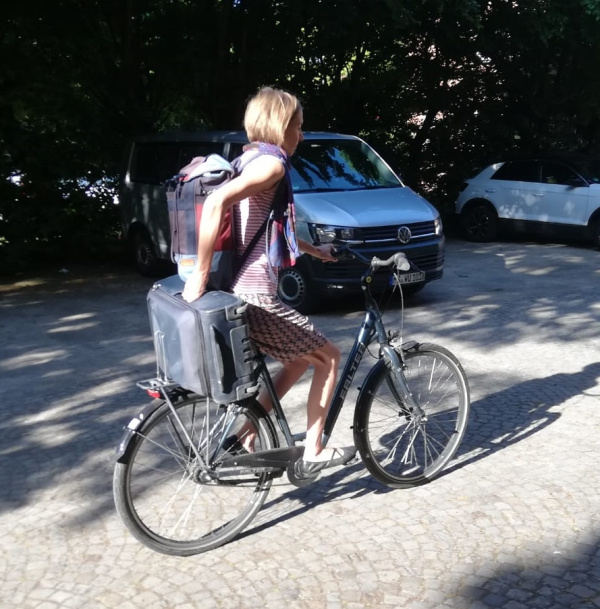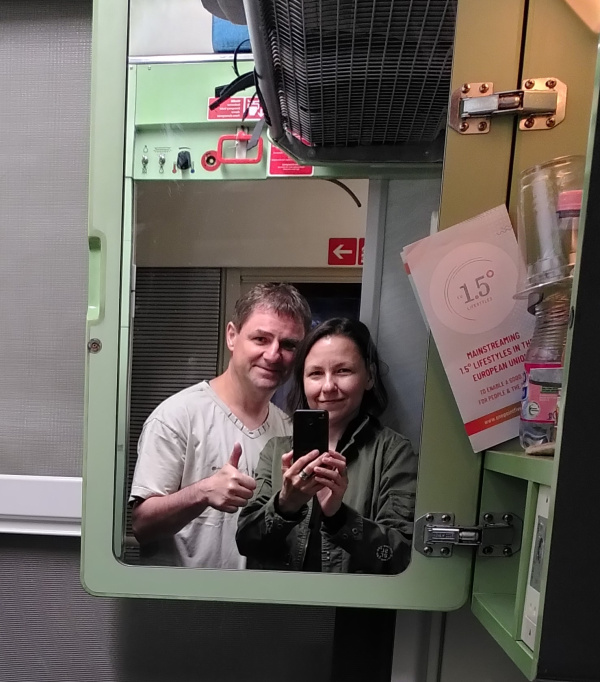The EU 1.5° LIFESTYLES consortium is well aware of the fact that all our activities within the project have certain environmental burdens on our planet (CO2 emission, waste, energy use, etc. due to our project meetings, workshops, conferences, thinking labs, ordinary work in the office).
That is why we are trying to reduce these burdens and if possible compensate them in the following ways:
EU 1.5° LIFESTYLES partner GreenDependent shared its 'green events checklist' with the consortium that we all agreed to bear in mind when organizing our project meetings, all project related events, including the final project conference. The checklist can be viewed here, and it considers factors about:
- choice of venue,
- transport/travelling of participants
- organisation and arrangement of the venue,
- catering, food and drinks,
- preparation of materials for the event, and
- implementation of the event.
In line with this, we ensure that our events have as small carbon and ecological footprint as possible by:
- sourcing locally,
- providing meals that are seasonal, local, organic and fairtrade as much as possible,
- providing meals that are vegetarian/vegan,
- keeping leftovers and serve them again
- using re-usable cups, glasses, bottles,
- buying water in returnable glass bottles (if needed)
- re-using mugs and glasses at the meeting
In addition to reducing our event-related footprint, we also aim at minimising our travel footprints, both within and between countries. This means that we use public transportation and avoid flying as much as possible.


Furthermore, whenever printing project-related materials, including materials needed to facilitate face-to-face events as well as communication materials, we follow the principles summarised in the table below.
| Printing documents in-house | Yes/No |
|---|---|
| Paper-and ink saving principles applied when designing, editing and formatting. | |
| Publications are designed as double-sided. | |
| Publications are designed with smaller font sizes. | |
| Publications are designed with ink-saving font types. | |
| Colour printing is only applied when absolutely necessary. | |
| Materials are printed on eco-labelled paper. | |
| The amount of printed materials distributed is limited. |
| Factors to consider when selecting a printing service | Yes/No |
|---|---|
|
A printing service with environmental certifications such as EMAS or ISO 14001, |
|
|
FSC or other eco-labelled papers (e.g. EU Ecolabel, Nordic Swan, Blue Angel, etc.) |
|
| Eco-friendly ink is used for printing. | |
| Transport need of printed material is minimised. |

